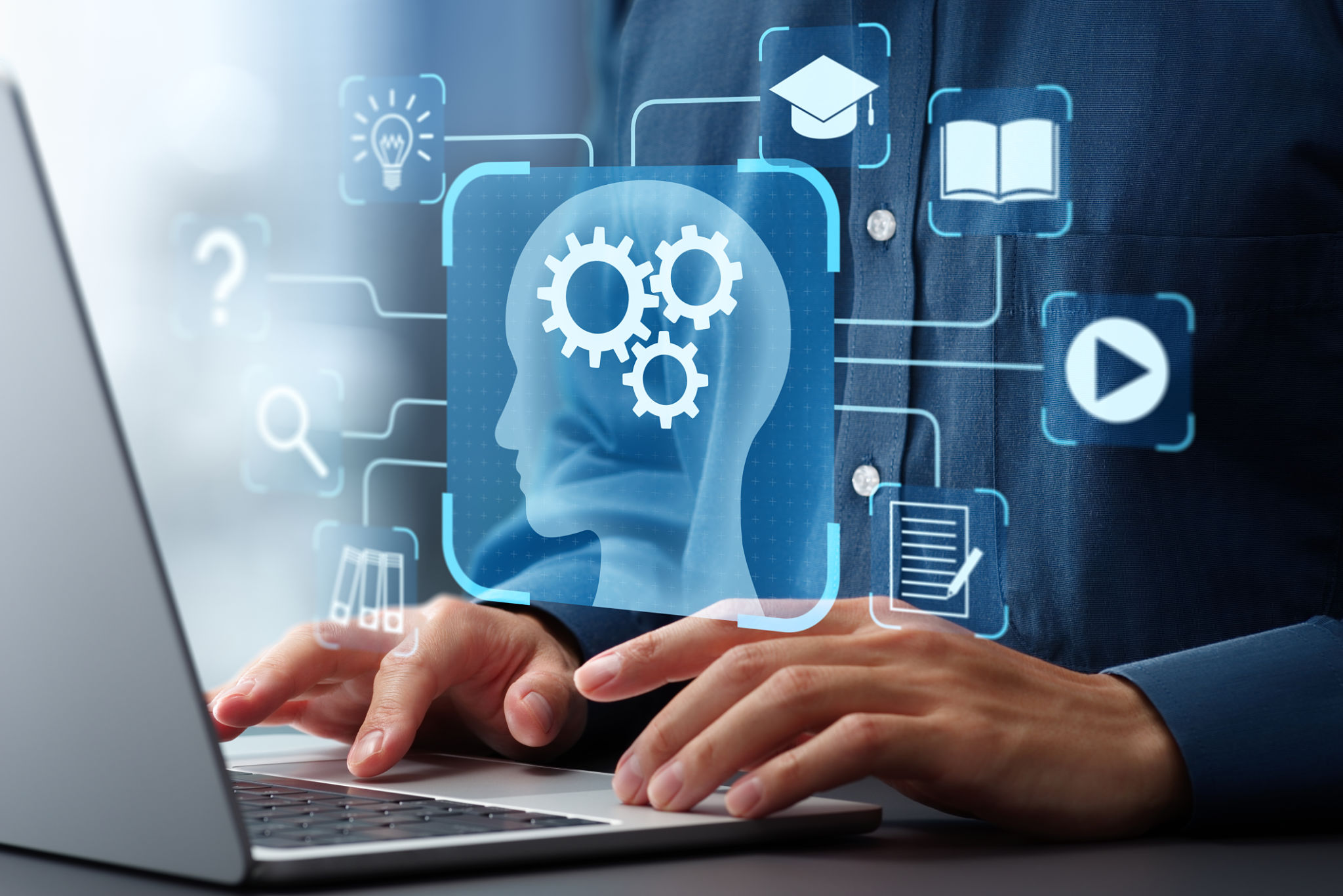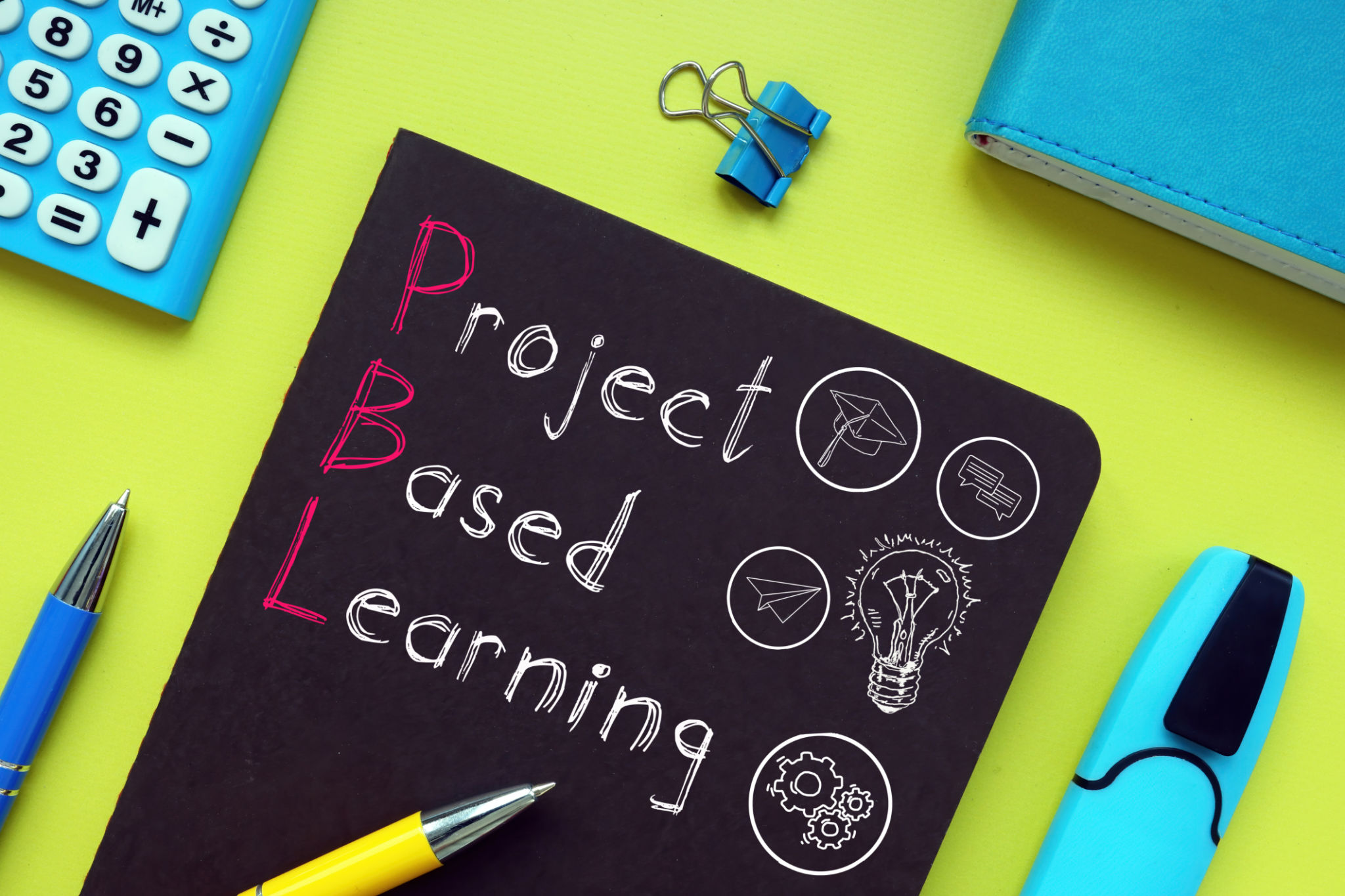How Learning Shift is Transforming Educational Experiences
Understanding the Learning Shift
The concept of the "Learning Shift" is transforming the way we approach education. As technology advances and societal needs evolve, educational experiences are undergoing significant changes. The Learning Shift is not just about integrating technology into classrooms; it's about reimagining how education is delivered and consumed. This paradigm shift aims to make learning more accessible, engaging, and effective for students of all ages.
At its core, the Learning Shift focuses on personalized learning, where educational content is tailored to meet the individual needs and learning styles of students. This approach recognizes that each student learns differently and at their own pace. By leveraging technology, educators can provide customized learning experiences that foster a deeper understanding of the material.

The Role of Technology in Education
Technology plays a pivotal role in the Learning Shift. From interactive digital platforms to virtual classrooms, technology is enabling new ways for students to engage with educational content. Tools such as artificial intelligence and machine learning are being used to analyze student performance and provide insights that help educators personalize instruction.
Moreover, technology facilitates collaboration among students from different geographical locations, creating a global classroom environment. This connectivity allows for diverse perspectives and ideas to be shared, enriching the learning experience. Additionally, educational apps and online resources offer students the flexibility to learn anytime, anywhere, making education more inclusive.

Shifting Pedagogical Approaches
The Learning Shift also brings a change in pedagogical approaches. Traditional lecture-based teaching is being supplemented or replaced by more interactive and student-centered methods. These include project-based learning, flipped classrooms, and inquiry-based learning, which encourage students to take an active role in their education.
Project-based learning, for instance, emphasizes real-world problem-solving skills. Students work on projects that require critical thinking and collaboration, helping them develop practical skills that are essential in today's workforce. Similarly, flipped classrooms allow students to explore content at their own pace outside of class, while using classroom time for discussion and hands-on activities.

Benefits of the Learning Shift
The benefits of the Learning Shift are numerous. By creating a more engaging and personalized learning environment, students are more motivated and enthusiastic about their education. This approach also helps to address different learning needs, ensuring that no student is left behind.
Additionally, the Learning Shift prepares students for the future by equipping them with skills that are highly valued in the workplace, such as critical thinking, creativity, and digital literacy. As a result, students are better prepared to adapt to an ever-changing world and succeed in their careers.

Challenges and Considerations
Despite its many advantages, the Learning Shift also presents challenges that need to be addressed. One major concern is ensuring equal access to technology for all students. Without proper infrastructure and resources, some students may be disadvantaged in this new educational landscape.
Furthermore, educators need adequate training and support to effectively integrate new technologies and pedagogies into their teaching practices. Continuous professional development is essential to help teachers stay up-to-date with the latest trends and tools in education.
Conclusion: Embracing Change in Education
The Learning Shift is undeniably transforming educational experiences by making them more personalized, engaging, and effective. While challenges exist, the potential benefits far outweigh the drawbacks. By embracing this change and addressing the associated challenges, educators can create a more inclusive and dynamic learning environment that prepares students for future success.